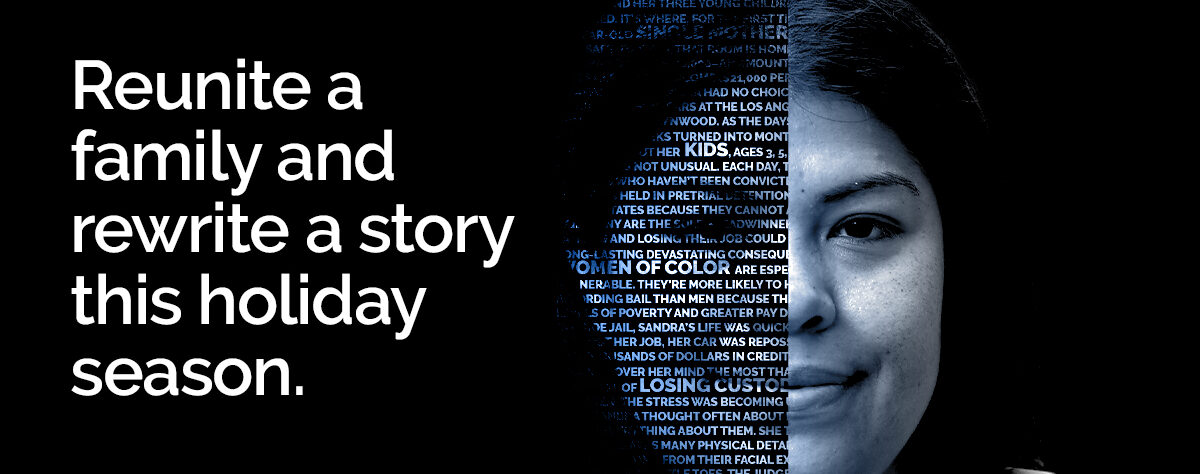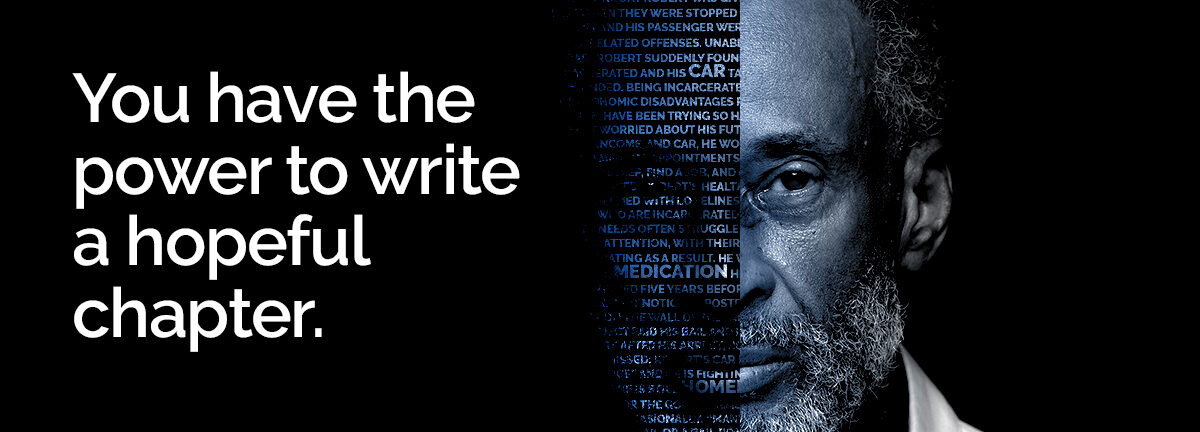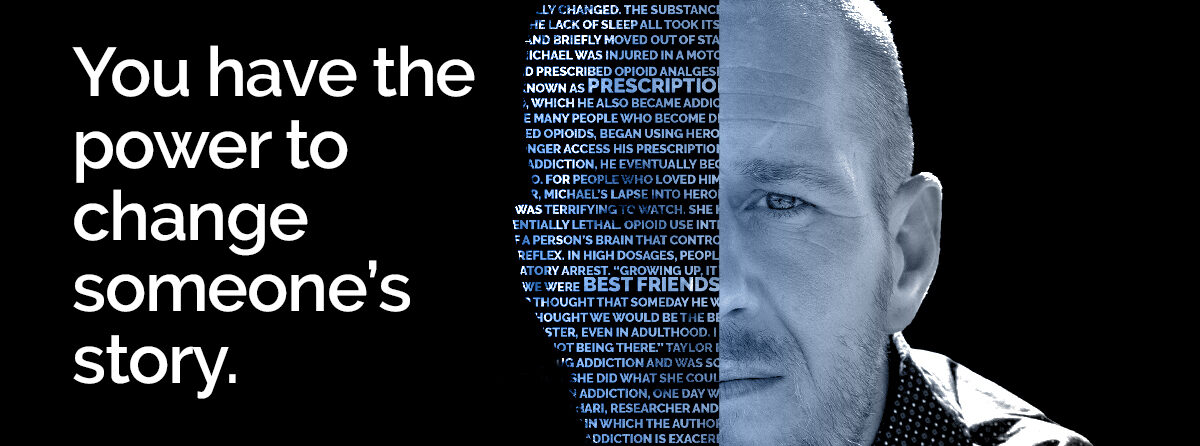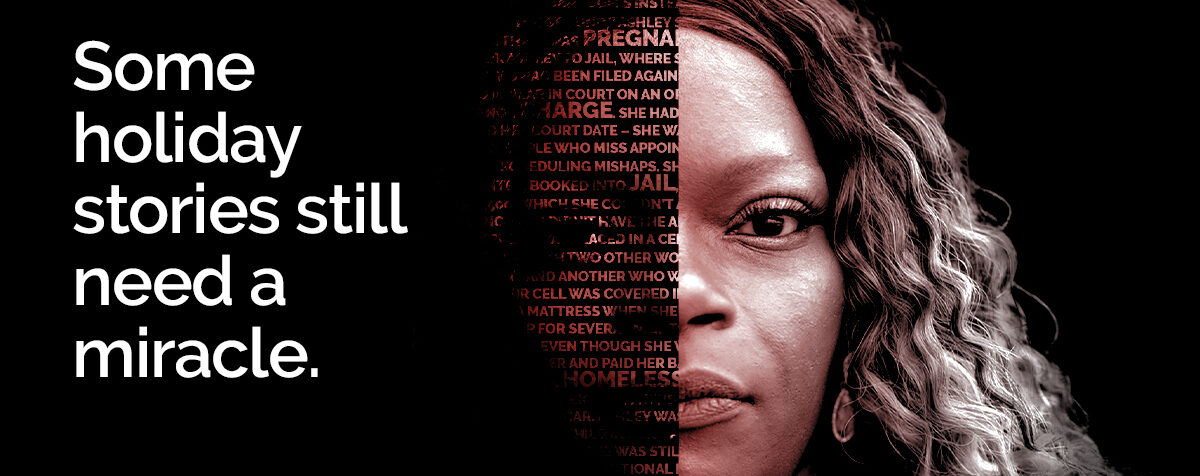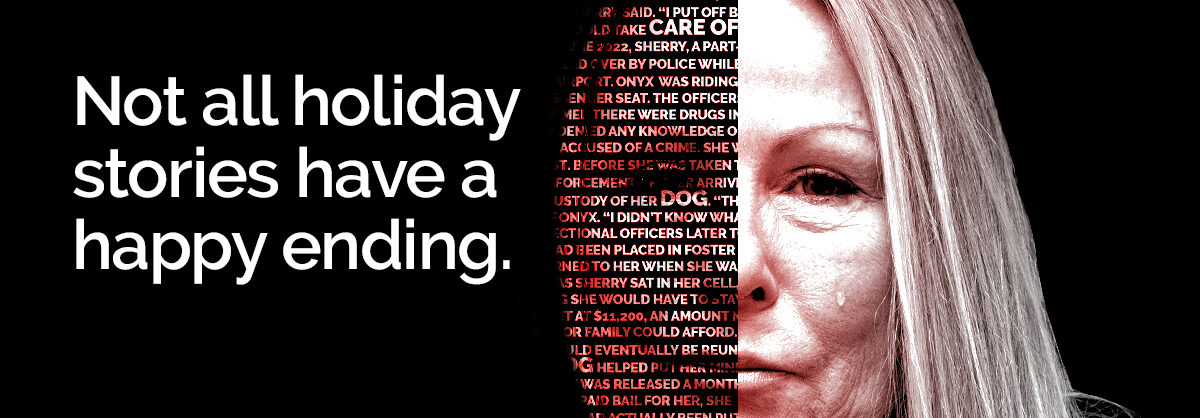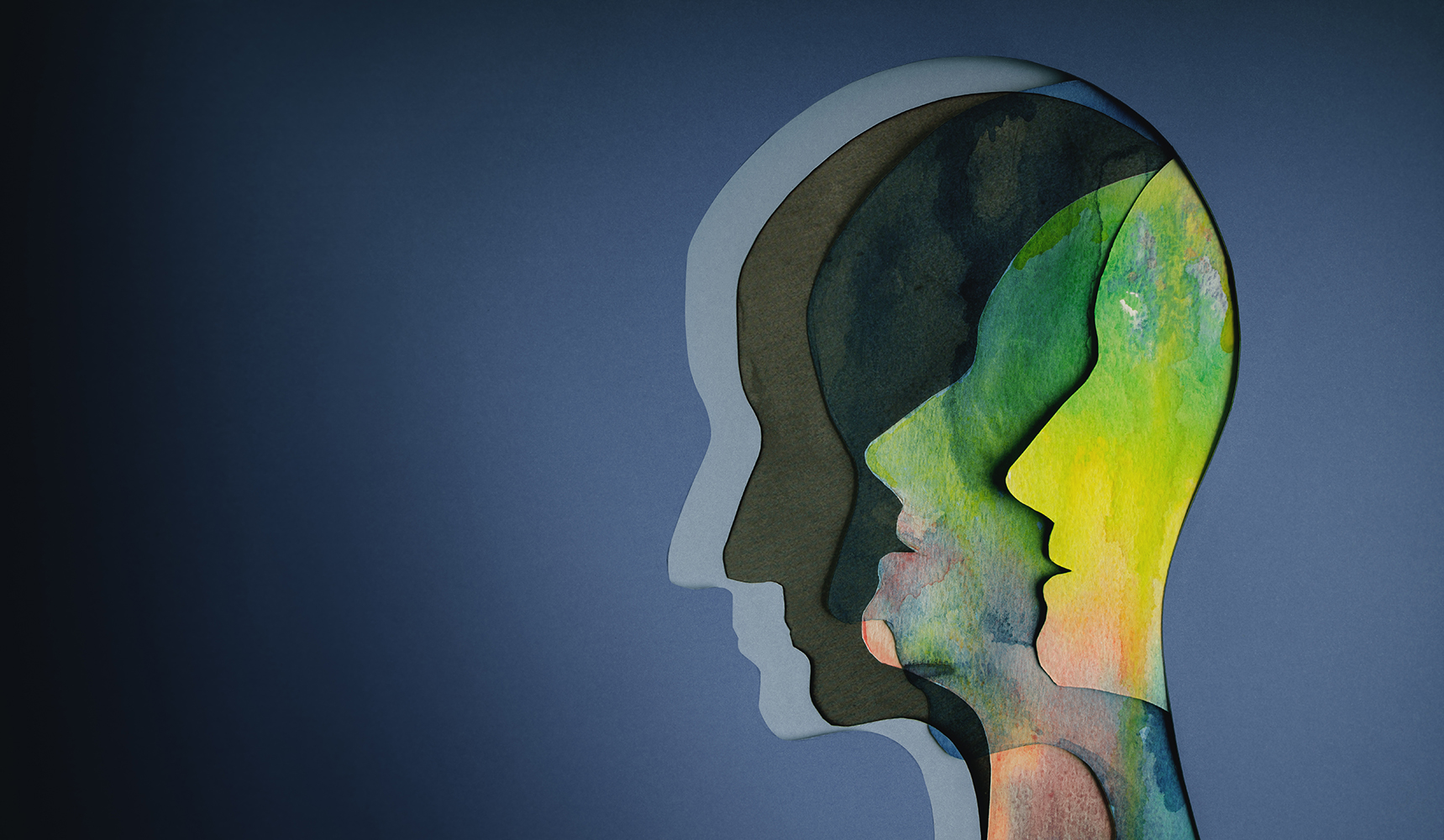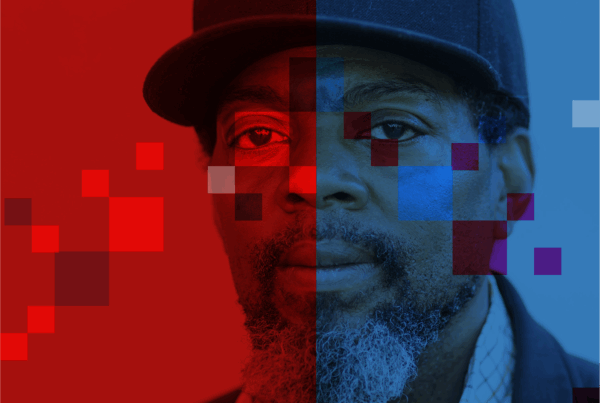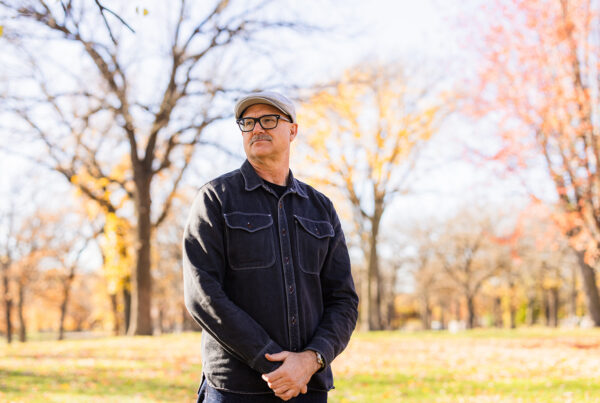At the intersection of mental health, substance use, and the criminal justice system lies a quiet crisis – one that plays out daily in police encounters, crowded jails, and overwhelmed emergency rooms. While national attention often focuses on high-profile incidents, the more common reality is a revolving door of people in crisis pushed through systems that were never built to care for them.
To better understand how people with behavioral health needs end up entangled in the pretrial system, we spoke with three experts:

Caitlin Garbo is the Manager of Public Policy and Advocacy at the National Alliance for Mental Illness (NAMI) in New York City.

Daliah Heller is the Vice President for Overdose Prevention Initiatives at Vital Strategies.

Jesse Janetta is a Senior Policy Fellow at the Urban Institute and a lead partner in the MacArthur Foundation’s Safety and Justice Challenge.
What follows is a conversation drawn from interviews and edited for length and clarity.
What are some of the biggest misconceptions about mental illness in the justice system?
Caitlin Garbo: That it only affects “those people.” Mental illness can touch anyone at any time. It’s not just about folks who are unhoused or visibly in crisis. We need to stop othering people and start seeing them as just that – people – with lives and needs and potential.
Daliah Heller: That mental illness is a personal failure. That someone’s symptoms mean they’re dangerous or broken. We miss the context: trauma, poverty, systemic neglect. And we act like the answer is to lock people up or force them into treatment. But that’s not healing. That’s control.
Jesse Janetta: People assume mental illness means danger. But most of the charges we’re talking about aren’t violent, they’re public order offenses. Folks in this population are often more vulnerable than threatening. What’s really missing is an understanding of the way mental health issues, trauma, and instability shape behavior – and how the system compounds all of that with stress, stigma, and trauma of its own.
Which communities are most impacted when behavioral health needs go unmet – and what’s driving them into the justice system instead of care?
Heller: Overwhelmingly people who are poor, marginalized, and struggling with mental health or using drugs. And they’re being pulled in because there’s nothing else catching them – no safety net. If you’re Black, brown, poor, visibly using, or visibly unwell, you’re getting picked up by police. We criminalize need in this country.
Janetta: Folks with unmanaged mental illness often have co-occurring with substance use and unsheltered homelessness. These are the “familiar faces” that jails and police know by name because they’re in and out constantly – sometimes booked 10 or 20 times a year. Not because they’re dangerous, but because they’re in crisis. And the only available response is enforcement.
Garbo: They’re people who’ve been failed again and again by their families, by schools, by healthcare, by housing. Family members don’t always know how to support someone when symptoms appear, so people lose that support system and end up isolated. That isolation, plus the lack of community resources, can spiral into a crisis.
Why do services and policies still treat mental health and substance use as separate issues, even though they rarely show up that way in real life?
Janetta: Because that’s how funding, systems, and training have evolved – separately. But on the ground, they’re almost always intertwined. People self-medicate mental health issues with substances. And systems aren’t built for that complexity.
Heller: Even though anyone paying attention knows these are intertwined, service providers still say, “Deal with your drug use first.” Or, “That mental health stuff is too complex for us.” It’s absurd. People use to manage emotional pain and systems ignore that because it’s inconvenient. The split is entrenched and harmful.
Garbo: It comes down to outdated systems and silos.
How would you describe the criminal justice system today?
Heller: It’s fragmented and punitive. Services and systems are built in silos – mental health over here, substance use over there – and people don’t live like that. The system punishes people for being whole, for being human. It doesn’t meet folks where they are. It demands they fit into neat boxes. And when they don’t, it disappears them into jails or institutions.
Janetta: Jails have essentially become a catchall, especially for people with untreated mental illness and substance use disorders. They’re the front door of incarceration and they’re filled with folks whose real needs are behavioral health–related. The responses we’ve built just aren’t sufficient. We’re relying on systems – jails, police – that were never designed to handle these issues. The result is a cycle that’s traumatic, expensive, and ineffective.
Garbo: People slip through the cracks constantly, especially when it comes to mental health. The system still criminalizes people just for being sick or poor, particularly if they’re Black or brown. And on top of that, the supports that are supposed to exist either don’t exist in meaningful numbers or aren’t accessible. There’s just a lack of true investment.
What kind of charges are actually landing people in jail?
Garbo: It’s often low-level charges like trespassing, disorderly conduct, or fare evasion. We’re criminalizing behavior that’s more about discomfort or poverty than danger. It shows that the system is being used to manage public discomfort, not public safety.
Heller: Charges that tell you more about how little support someone has than about any threat they pose. We use the system as a net for people who need help, not punishment. And then, depending on who they are, we offer them little to nothing.
Janetta: We looked at booking data in Charleston County, South Carolina, and saw top charges like simple marijuana possession, open container, misdemeanor shoplifting, and trespass. These are the kinds of offenses that crop up when you’re unsheltered or self-medicating and navigating untreated mental illness.
What’s working? What needs to be scaled up or replicated?
Garbo: What’s not working is putting people in jail. Rikers [Island Jail in New York City] is one of the largest de facto mental health institutions in the country and it’s not equipped to treat anyone. People come out worse than they went in. What’s working, in small pockets, are programs and off-ramps like mental health treatment courts or justice-involved supportive housing. But they’re too few and far between. We need more of what works and we need it at-scale.
Heller: What works is creating places people actually want to be. I ran a drop-in center in the Bronx that people came to every day, not because we made them, but because we made it desirable. Food, coffee, community, support groups, art, acupuncture, case management, even a psychiatrist on-site. It was warm. That’s what works – places that feel like family, the loving kind. What doesn’t work? Services that feel cold, punitive, and inflexible.
Janetta: Crisis triage centers are promising. These are places where police can drop someone off and clinicians take over. You get sobering beds, quick assessments, and a warm place to stabilize. They’re not jails, not ERs – just a safe, supportive bridge. But they’re not everywhere, and they’re not always open 24/7. That’s the challenge: scaling up real alternatives so they’re as available as the jail or hospital. We’ve made progress, but we’re not where we need to be yet.
What keeps you in this work?
Janetta: I’m always engaging with the intersection of public safety, public health, race, and equity. And frankly, the deeper you go, the more you realize how much isn’t working and how much possibility there is for doing better.
Garbo: Personal connection brought me here. I live with a mental health condition myself and I have family who do too. The people I get to work with – their stories are powerful, heartbreaking, and inspiring. They ground everything we do.
Heller: Honestly, because it’s about people.
Thank you for reading. The Bail Project is a 501(c)(3) nonprofit organization that is only able to provide direct services and sustain systems change work through donations from people like you. If you found value in this article, please consider supporting our work today.


